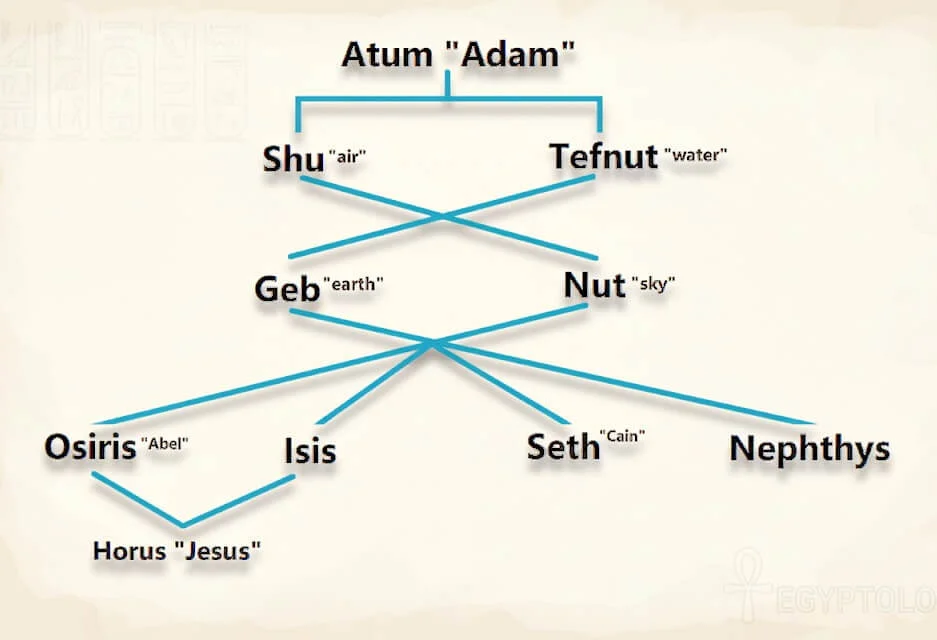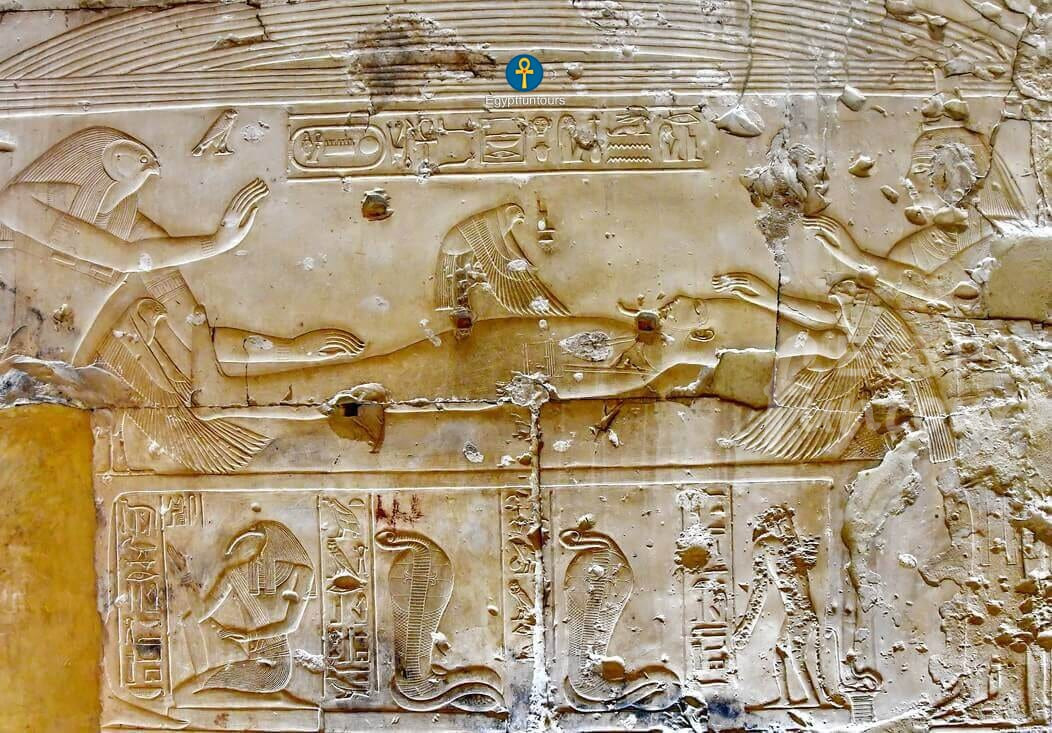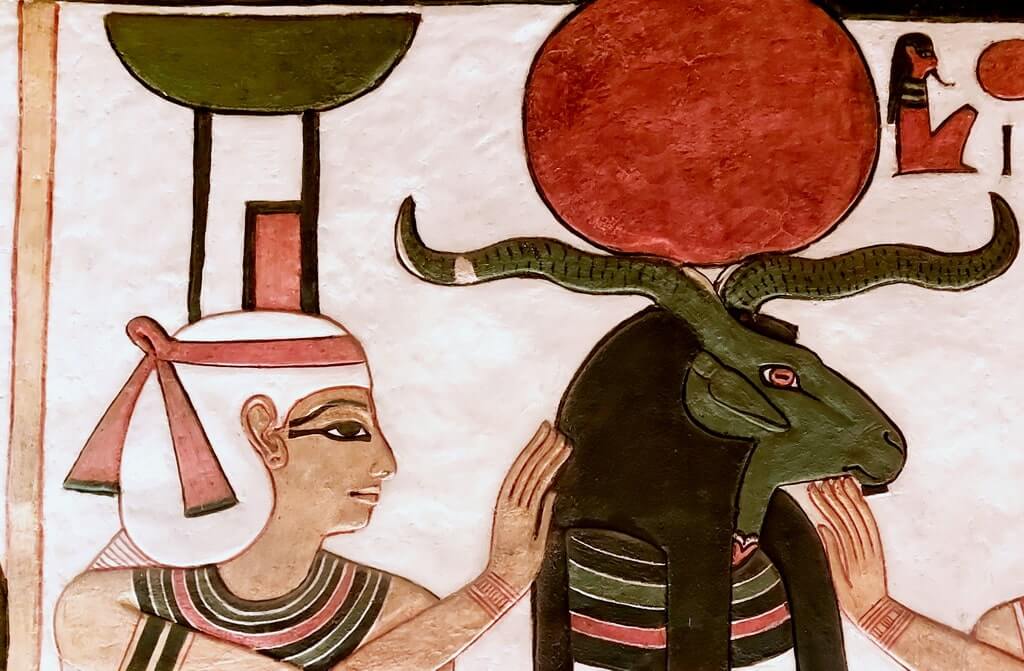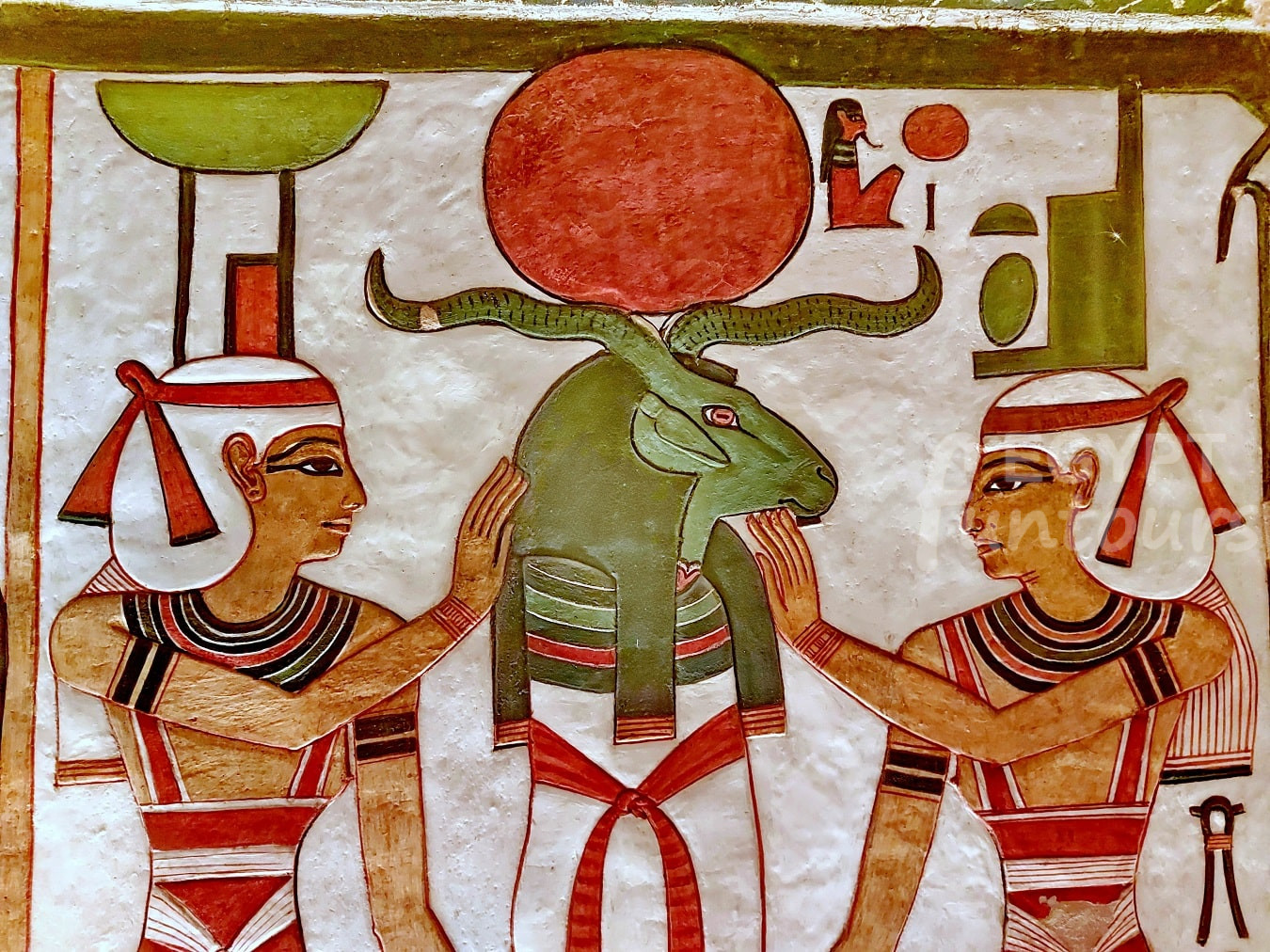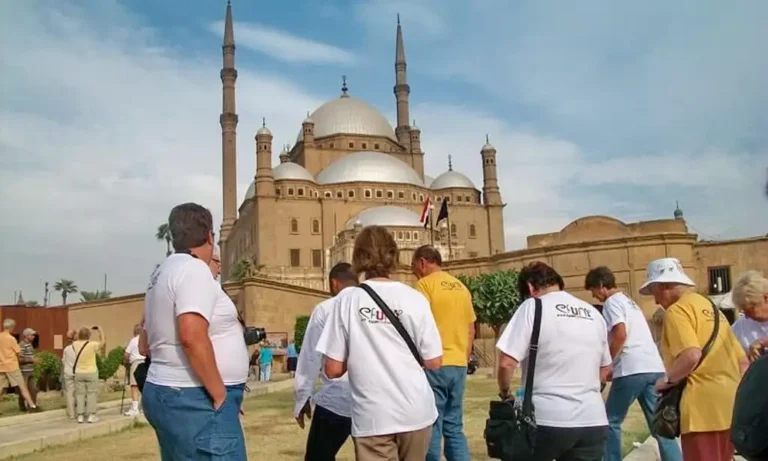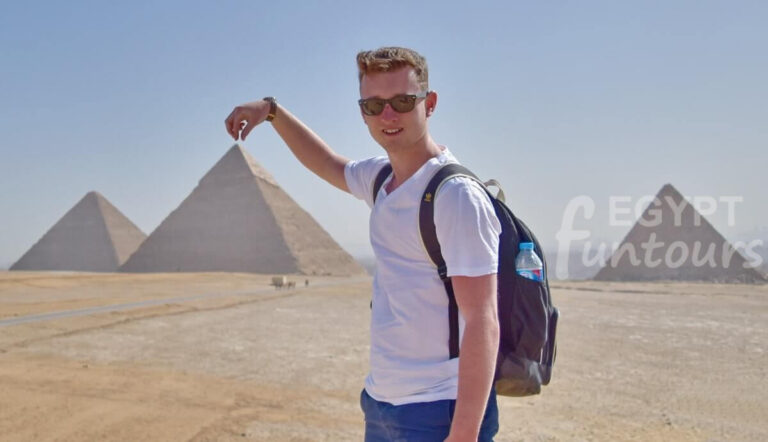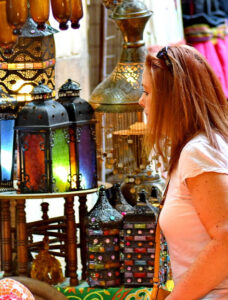Nephthys: The Mistress of the House
Nephthys (meaning “Mistress of the House” or “Lady of the Enclosure”) stands as an essential ancient Egyptian goddess of the Duat (underworld), Night, Service, and crucial Funerary Rites. She belongs to the influential Ennead, born as the daughter of Geb and Nut and destined to be the sister-wife of Set, the chaotic god. Despite her troubled marriage to Set, she acts as the faithful, constant helper of her sister, Isis. She aids Isis in the most important task: the resurrection of Osiris. Her primary role involves protecting the dead, acting as a compassionate mourner, a weaver of the first protective bandages, and a crucial guide for the deceased soul as it navigates the dangers of the afterlife.
This video provides an overview of the goddess Nephthys. Goddes Of Protection (Nephthys) | All Scenes Powers | Gods Of Egypt

